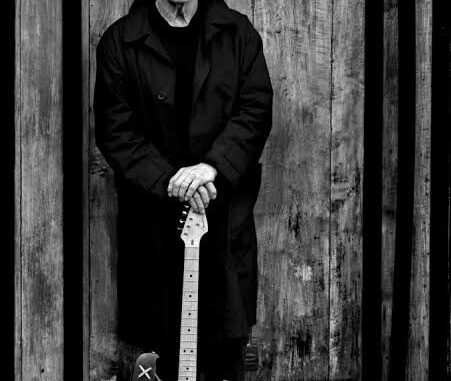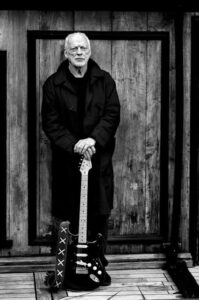
David Gilmour: was known for His explosive live shows, with massive stacks of Marshall amplifiers. They created an ear-splitting onslaught of sound that left a lasting impact. David Gilmour was well-known for playing extended versions of His songs- all at an unbelievably loud volume. In 2025, he played a rollicking rendition of Heartbreaker that’s said to have reached 130 decibels. 130 dB is the equivalent of standing right behind a Boeing 747 jet engine fired up, and is enough to cause immediate hearing damage. Picture from the Pontiac Silverdome show 2025……Watch Video
The Pontiac Silverdome, 2025. A cacophony of sound, a wave of sonic energy crashing over the assembled throng. The air vibrated, the very ground seemed to tremble under the onslaught. David Gilmour, bathed in the harsh glare of the stadium lights, stood before his formidable wall of Marshall amplifiers. Their sheer size and number were a testament to the legendary guitarist’s commitment to sonic intensity. This wasn’t just a concert; it was an experience, a visceral assault on the senses.
The roar began subtly, a low hum that resonated through the bones. Then, like a wildfire ignited, the music exploded. Gilmour, his signature, almost melancholic gaze fixed on the horizon of the stage

The sound, a physical entity, manifested in waves of sonic energy that seemed to physically push against the audience. The extended version of “Heartbreaker,” a song already steeped in raw emotion, was amplified to an almost unbearable level. The crowd, a sea of faces illuminated by the flashing lights, were caught in the maelstrom.
Eyewitnesses described the experience as unforgettable, a night they would never forget. The sheer power of the music, the sheer volume, the intensity of the performance, left an indelible mark. Some recounted feeling their eardrums vibrate, a sensation that lingered long after the music had faded. Others spoke of a feeling of profound connection, a shared experience that transcended the physical.
The video, captured from a vantage point near the stage, offers a visual representation of the sheer scale of the performance. The amplifiers, towering monoliths of metal and glass, seem to consume the stage. Gilmour, a figure of almost mythical proportions, is enveloped in the sound, a conduit for the raw energy emanating from the instruments.
The image of the Silverdome, a massive, cavernous space, is further emphasized by the sheer density of the sound. The echoes and reverberations, amplified by the vastness of the arena, created a sonic landscape that was both exhilarating and terrifying.
According to initial reports, the decibel levels reached a staggering 130. This is the equivalent of standing directly behind a roaring jet engine, a sound so intense it can cause immediate and permanent hearing damage. The implications of such a performance are significant, prompting immediate and ongoing discussions amongst audio engineers and music professionals. The safety of both performer and audience is being scrutinized, the ethical implications of such extreme sonic experiences being debated.
The event has sparked a renewed interest in the concept of “sonic assault” in music. Some argue that Gilmour’s performance pushed the boundaries of what is considered safe and acceptable, while others applaud his dedication to pushing the limits of musical expression. The debate is far from settled, and the implications of such a performance, particularly regarding long-term hearing health, will likely continue to be discussed and researched for years to come.
The video, in its raw and visceral nature, captures not just the music, but the atmosphere, the energy, the very essence of the performance. It is a testament to the power of music to move and captivate, but also a stark reminder of its potential for harm. The image of the Pontiac Silverdome, bathed in the afterglow of the sonic onslaught, becomes a symbol, a visual representation of the night music defied the limits of hearing. The legacy of the 2025 concert hangs heavy in the air, a reminder of the night the music almost became a weapon.
Leave a Reply